In the accounts of the ECB’s October 27-28 meeting, it’s noted, “since the monetary policy space was constrained by the effective lower bound on interest rates, the increase in the inflation rate was seen as an opportunity to re-anchor inflation expectations solidly at the Governing Council’s 2% target over the medium term.”
Also, “a continued accommodative monetary policy stance would also be in line with the Governing Council’s new monetary policy strategy, which called for policy to be persistent when interest rates were at the lower bound and explicitly allowed for inflation to moderately exceed the target for a transitory period”.
Meanwhile, “some of the upside risks to the September 2021 staff projections had materialised and that the recent uptick in inflation was expected to be more persistent than previously anticipated.”




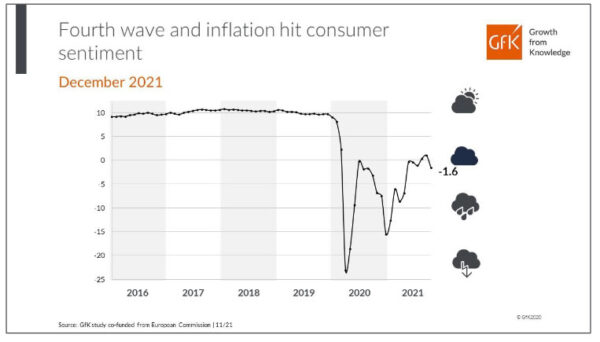
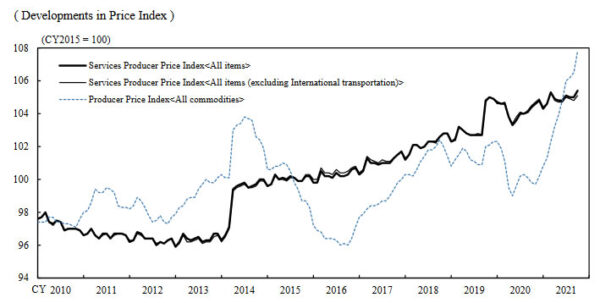
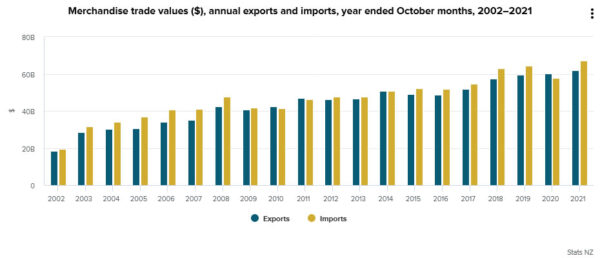
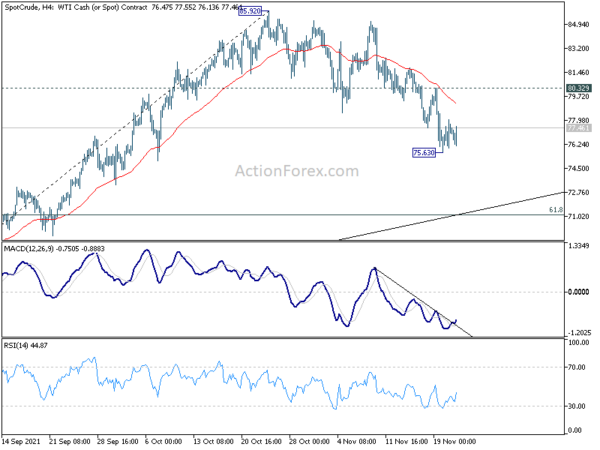
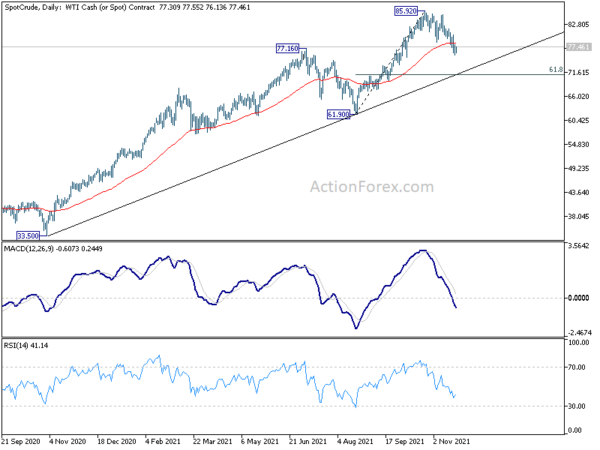
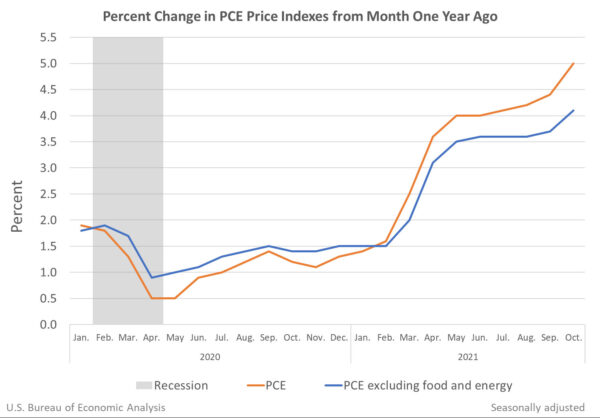
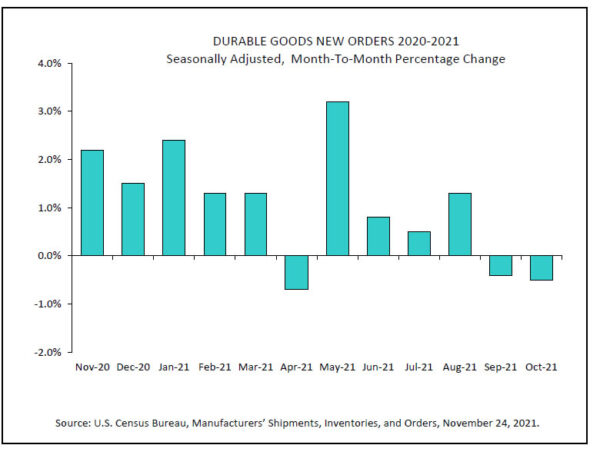
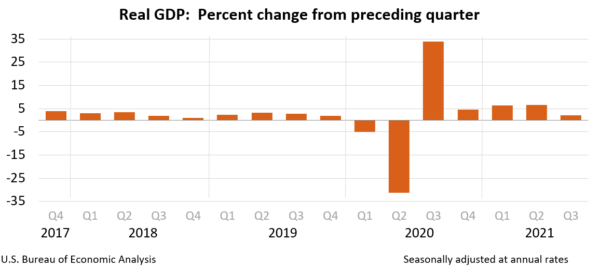
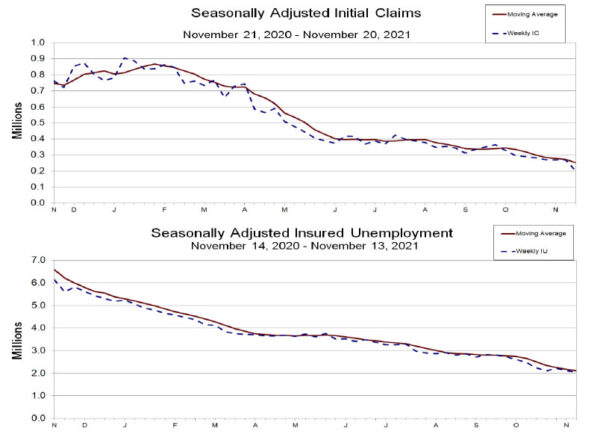
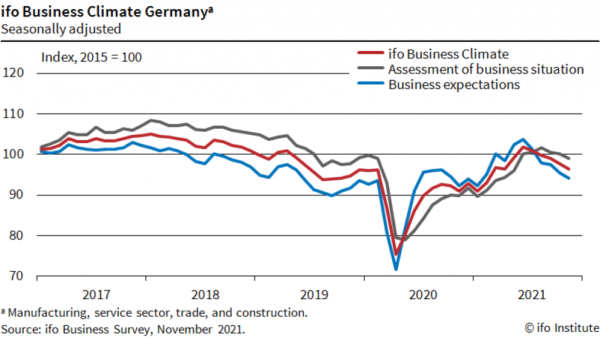
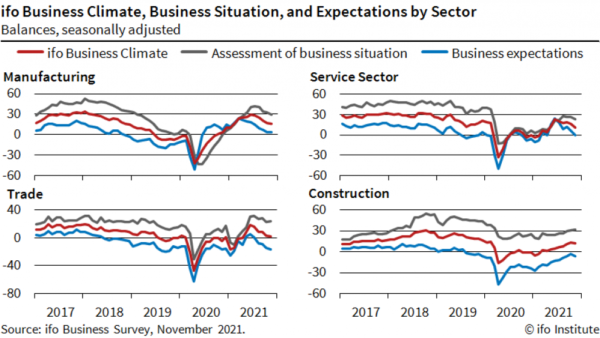
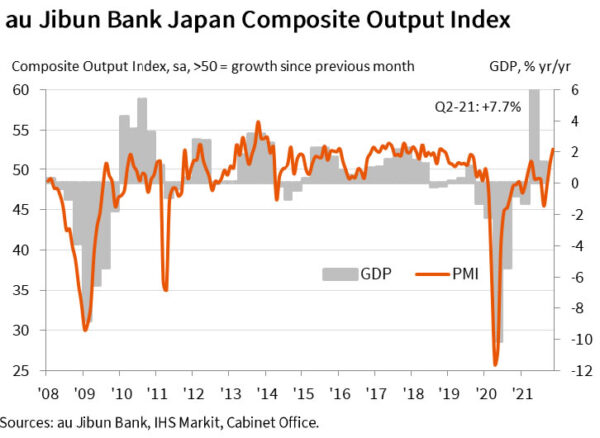
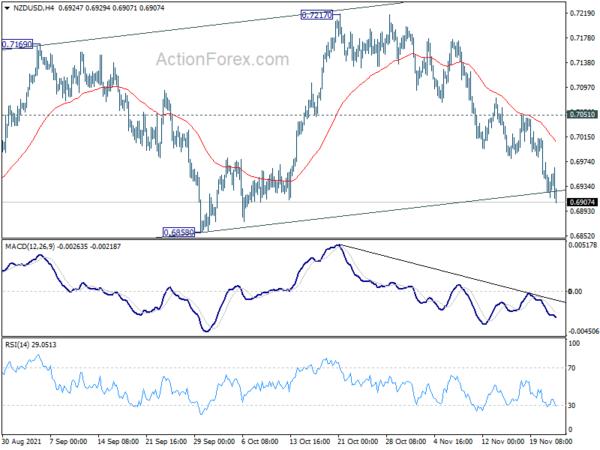
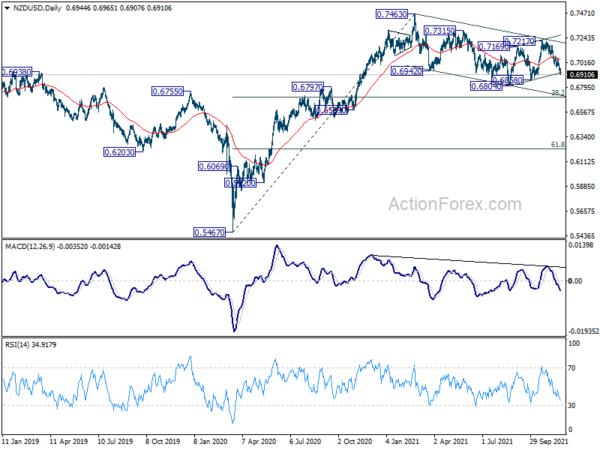
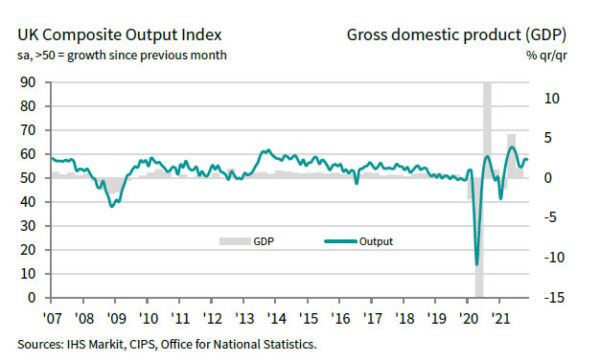
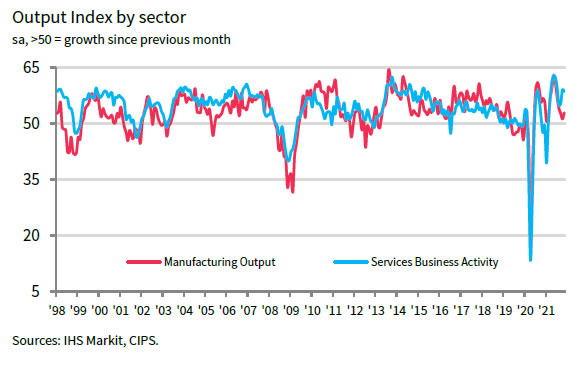
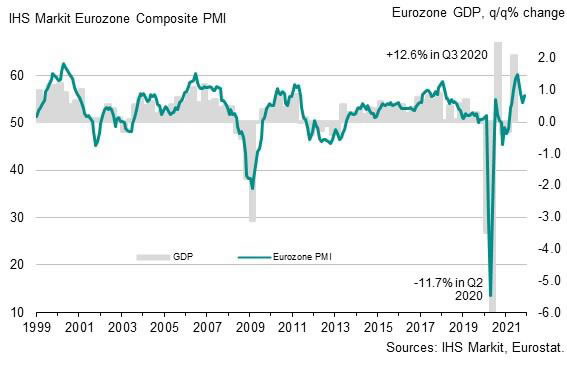

Australia retail sales rose 3.9% mom in Oct, still short of pre-delta level
Australia retail sales rose 4.9% mom in October, above expectation of 2.5% mom. That’s the strongest rise since Victoria’s first lockdown bounce back in November 2020, with retail turnover rising to its highest level since June 2021.
“Retail performance continues to be tied to state lockdowns as this month’s recovery was driven by the end of lockdowns in New South Wales, Victoria and the Australian Capital Territory,” Ben James, Director of Quarterly Economy Wide Statistics said.
“With lockdown ending on October 11, New South Wales sales rose 13.3 per cent returning to the levels seen in the months immediately prior to the Delta outbreak, while Victoria and the Australian Capital Territory remain below pre-Delta levels.”
“Although sales have bounced back strongly following the end of lockdowns, it is important to note that overall retail turnover has not yet reached the level of May 2021, the month prior to the Delta outbreak.”
Full release here.